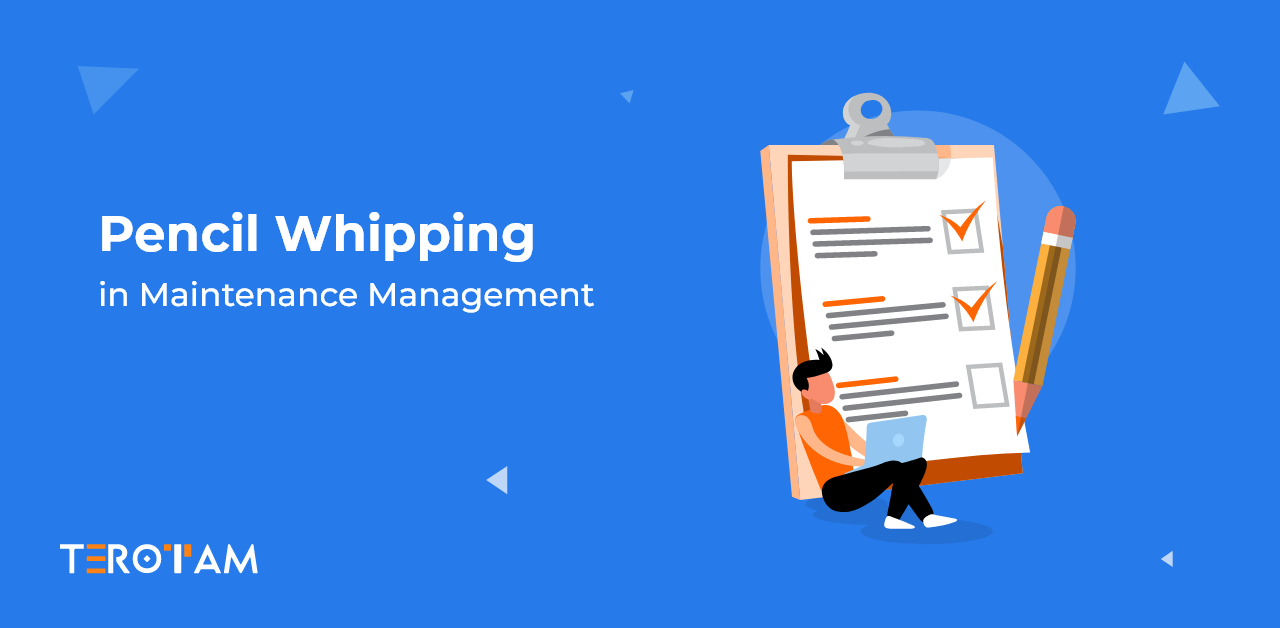When it comes to maintenance management, accurate record-keeping is crucial for safety, efficiency, and compliance. Yet, a common issue that plagues many industries is “pencil whipping” — when employees sign off on maintenance tasks without actually completing them. This can lead to severe consequences, including equipment failure, safety hazards, and higher operational costs. Preventing this issue is critical for any business that relies on machinery or equipment for its daily operations.
To combat this issue, many organisations are implementing Computerised Maintenance Management Systems (CMMS). These systems streamline maintenance operations by digitising workflows, tracking task completion in real-time, and ensuring accountability through audit trails and automated documentation. With the integration of CMMS into maintenance processes, organisations can significantly reduce the chances of pencil whipping and maintain better control over their equipment and compliance requirements.
Let’s discuss here how CMMS manages the pencil whipping in maintenance.
What is Pencil Whipping?
Pencil whipping refers to the practice of falsifying records or signing off on tasks without actually performing the required work. It’s common in environments where manual checklists or paperwork are used to document maintenance activities. This practice might occur due to time constraints, complacency, or a lack of accountability.
In maintenance, pencil whipping could mean an employee reports they’ve inspected a piece of equipment, replaced a part, or completed a safety check when, in reality, no action was taken. This can lead to serious risks, including equipment failure, safety hazards, and compliance issues with regulations.
Examples of Pencil Whipping in Maintenance
Pencil whipping can manifest in several technical scenarios within maintenance operations, often leading to unsafe conditions, compromised equipment performance, and potential regulatory breaches.
Routine Equipment Inspections:
A technician is required to perform daily or weekly inspections on machinery, such as checking oil levels, belts, or seals. Instead of physically examining the equipment, the technician checks off the inspection checklist without actually verifying the condition of the parts.
- Impact: This can lead to unnoticed wear and tear, causing premature equipment failure, which increases downtime and repair costs.
Lubrication of Machinery:
Maintenance schedules often include lubrication tasks for moving parts, such as bearings, gears, or conveyor systems. Pencil whipping occurs when a technician logs that they’ve applied lubrication, but skips the task entirely or performs it inadequately.
- Impact: Lack of lubrication causes increased friction, overheating, and damage to components, potentially leading to machine breakdowns or shortened equipment lifespan.
Preventive Maintenance Task Completion:
A technician is assigned to replace air filters, inspect belts, or clean ventilation systems in HVAC units. Pencil whipping happens when these tasks are marked complete without actually being done.
- Impact: Dirty filters or worn belts reduce system efficiency, increase energy consumption, and can lead to unexpected failures during operation.
Safety Equipment Inspections:
In many industries, fire extinguishers, emergency exits, and safety alarms need regular inspection. Pencil whipping might involve a technician logging these checks as completed without testing or verifying their functionality.
- Impact: In a real emergency, this can result in safety equipment failing to operate, posing serious risks to personnel and facilities.
Shutdown Maintenance:
During a planned shutdown, critical systems such as turbines, compressors, or large industrial equipment are taken offline for thorough maintenance. Pencil whipping occurs when technicians sign off on major tasks, like replacing valves or inspecting internal components, without actually performing the work or doing it superficially.
- Impact: Incomplete or poorly executed maintenance during shutdowns can lead to significant operational issues once the equipment is restarted. This could cause unplanned downtime, equipment failure, or safety incidents, negating the purpose of the shutdown and incurring massive financial losses.
Condition-Based Monitoring (CBM):
Condition-based monitoring involves using data from sensors and diagnostics tools to track the real-time condition of machinery, such as monitoring vibration, temperature, or oil quality. Pencil whipping happens when a technician logs that they’ve checked these parameters or sensor data, but either skips the task or doesn’t analyse the data properly.
- Impact: Ignoring or falsifying CBM readings can lead to undetected equipment degradation. For example, a sudden spike in vibration or temperature could indicate a failing motor, and missing these signs can result in catastrophic failure, leading to expensive repairs and unexpected downtime.
How CMMS Prevents Pencil Whipping?
A CMMS is designed to automate and streamline the maintenance management process, making it nearly impossible for employees to falsify records without being detected. Here’s how it helps:
Automated Maintenance Checklists:
CMMS replaces paper-based checklists with digital ones, ensuring that technicians can’t simply check off tasks without performing them. The system requires each task to be marked as complete in real-time, with detailed notes or evidence (e.g., photos or data) often required before moving on to the next task. This makes it much harder to falsely report task completion.
PM Calendar Scheduling:
With CMMS, preventive maintenance (PM) tasks are scheduled automatically based on usage, time intervals, or equipment condition. Each task is tracked digitally, so technicians are prompted to complete the required work at the correct time. This eliminates the manual process of remembering and reporting, reducing the chances of pencil whipping PM tasks.
Real-Time Alerts and Notifications:
CMMS systems send automated alerts and reminders to technicians for upcoming tasks, overdue maintenance, or urgent repairs. Supervisors are also notified when tasks aren’t completed on time. This constant reminder system ensures that tasks are not ignored or skipped without accountability.
Work Order Management:
CMMS assigns specific work orders to technicians, each with a detailed task list and instructions. The system logs who performed the task, when it was done, and how long it took. This digital record eliminates the ambiguity of paper logs, making it difficult to skip or falsely report tasks without being noticed.
Mobile Access for On-Site Verification:
Technicians can use mobile devices to access and update work orders directly on-site. With the ability to attach photos, input readings, and complete checklists in real-time, the CMMS creates a transparent trail that ensures the work is actually being done as reported.
Geo-Tagging and Geo-Fencing:
CMMS systems use geo-tagging and geo-fencing to ensure tasks are completed within the designated location. Geo-tagging records the technician’s location when updating tasks, while geo-fencing sets virtual boundaries to confirm that work is performed in the correct area. These features help prevent pencil whipping by verifying that maintenance is done where it is intended.
Condition-Based Monitoring (CBM) Integration:
CMMS integrates with condition-based monitoring systems that collect real-time data from sensors installed on equipment. This data automatically triggers maintenance tasks based on actual equipment condition, requiring the technician to address specific issues highlighted by the system, making it harder to bypass maintenance steps.
User Accountability and Role-Based Permissions:
Each technician has a unique login and role-based access to the system. This ensures that only authorised personnel can complete or update work orders, and the system logs who performed each action. This makes it easy to trace responsibility for every task.
Escalation Procedures for Missed Tasks:
CMMS often includes escalation workflows. If a task is not completed within the assigned time frame, it is automatically escalated to supervisors. This reduces the possibility of unreported skipped tasks and ensures they are handled promptly.
Automated Reporting and Compliance Tracking:
CMMS generates reports and dashboards that track maintenance performance, task completion rates, and compliance with PM schedules. Supervisors can quickly spot discrepancies between scheduled and completed work, reducing the risk of falsified entries.
Conclusion
Pencil whipping is a significant challenge in maintenance management, jeopardising equipment reliability and safety. A Computerised Maintenance Management System (CMMS) provides a robust solution by automating processes, enhancing accountability, and ensuring accurate task completion. To learn more about how a CMMS can transform your maintenance operations and prevent pencil whipping, contact us at contact@terotam.com. Our experts are ready to help you optimise your maintenance processes and ensure operational excellence.








